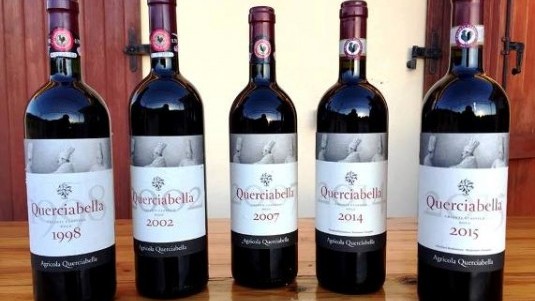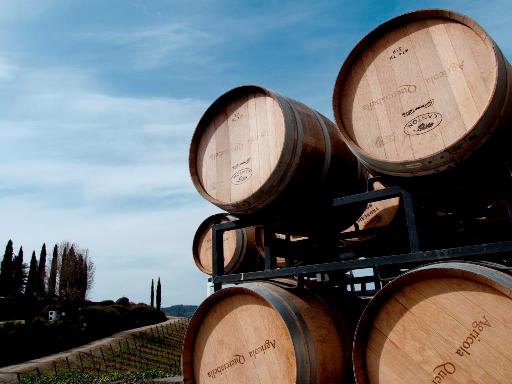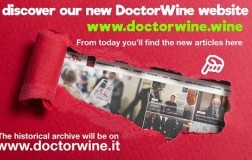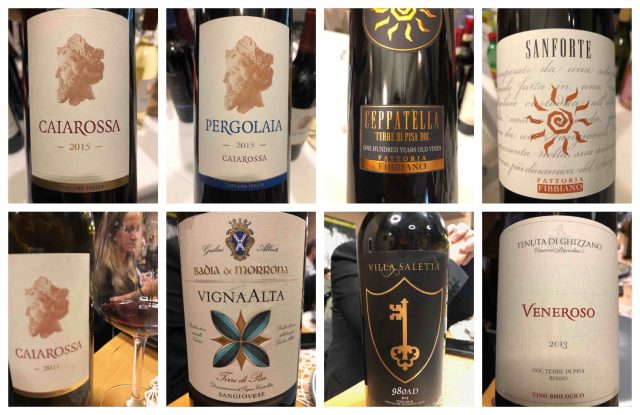Querciabella, everything a Chianti Classico should be (2)

Here we conclude our interview with agronomist and technical director Dales d’Alessandro and wrap up with a vertical tasting of Querciabella Chianti Classico, one of the best in the appellation.
We continue our interview with Querciabella’s agronomist and technical director Dale d’Alessandro.
DoctorWine: One of the most important novelties in Chianti Classico has been the creation of the Grand Selezione category but Querciabella instead came out with a Riserva. Why is that?
Dales d’Alessandro: In our view, a Grand Selezione needs to be 100% Sangiovese to make it unique and recognizable. According to regulations, the basic difference between a Riserva and a Grand Selezione is that the latter must been made only with grapes of the estate itself. Already in 2007, we opted for a more ‘Burgundy-esque’ approach and experimented with blending the best grapes from our different cru in Greve, Gaiole and Radda in Chianti.
DW: You seem to be a bit disappointed by the novelty of Gran Selezione.
DDA: On the contrary, we welcome this move that has had a positive effect on the area, with an increase for the price of bulk Chianti Classico. However, we feel that a Grand Selezione should be made from grapes from a single vineyard and be identified by the town or subzone it is situated in. We hope that the plan by the Consorzio Chianti Classico to set up a committee to create a classification according to town gets off the ground in 2018 in order to offer a solution that can further exalt the various and different characteristics of Chianti Classico and the work of small producers.

DDA: For us the Riserva is a small production of some 10,000 bottles and represents a selection of the best grapes and is produced only in the best years. Having over 60 hectares of vineyards in Chianti Classico, its production will not nor will ever have an effect on the quantity or quality of our vintage Chianti Classico.
DW: Your estate appears to be focusing more on foreign markets.
DDA: For sure. Our best markets are the United States, Russia, Britain, Italy and Japan.
DW: What are your goals for the future?
DDA: Without a doubt expanding our presence on the Asian market.
DW: One last thing. I remember tasting an outstanding Camartina 1994, which is probably not the first wine from Querciabella that comes to mind. What do you consider to be the best wines the estate produces?
DDA: More than the best wines, I would prefer to refer to the best vintages. And among these for sure are 1988, 1990, 1995, 1997, 2001, 2004, 2007, 2011, 2013 and 2015.
All the following wines are 100% Sangiovese and age in barriques and other wood barrels for around a Year.
Querciabella
Owner: Sebastiano Cossia Castiglioni
Via di Barbiano, 17
50022 Greve in Chianti (FI)
Tel. +39 055 85927777
Fax +39 055 85927778
info@querciabella.com
www.querciabella.com
Facebook: querciabella
Year of foundation: 1974
Total bottles produced: 260.000
Hectares of vineyard: 106
Certified organic viticulture

 Italiano
Italiano














